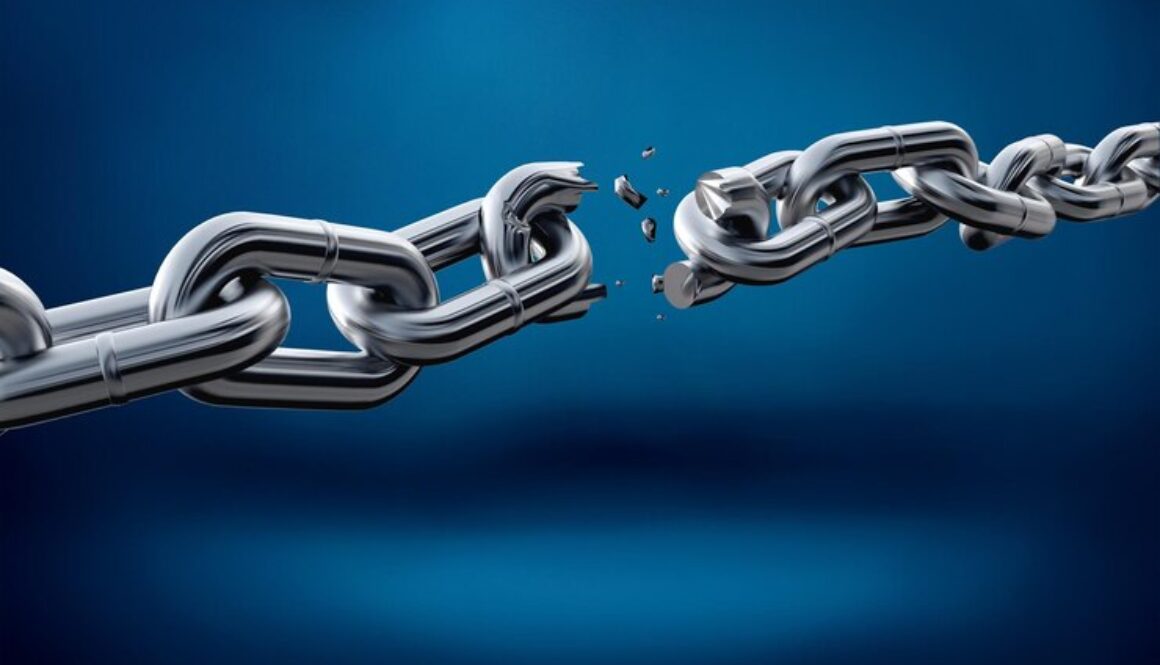Post-covid steel crisis: how to recover
The steel crisis is one of the problems we fight in this period of covid.
During the last few years of the pandemic, the steel industry market has suffered a major collapse from which it has yet to recover.
Everyone knows how important metal production is in the world of industrial equipment, especially in the flanges, fittings and piping sector.
Let’s take a look at the consequences of this collapse in the availability of metal materials, as well as possible solutions.
The steel crisis in Europe
The crisis in the steel sector has been completely different when we compare China and Europe.
While the steel market in China escaped the clutches of the Coronavirus from as early as May 2020, the debacle in Europe has instead been insurmountable.
Even now, our country continues to suffer the consequences.
Even after the reopening, the European steel industry has struggled to get back on its feet: with low domestic consumption and ever-higher production costs, it has been torn apart by foreign competition.
Steel prices have risen from €385/tonne in June 2020 to €1150/tonne in 2021, an increase of 200%.
The origins of the steel crisis
Digging a little into the economic history of recent years, however, we can trace the roots of the steel crisis back to 2008, when the Chinese market experienced a sharp fall in steel prices and resolved it with an aggressive expansion into foreign markets.
Collapse of the Chinese market
According to the ICE Ferrari Report 2016, while the Chinese industry was in continuous expansion before 2008, it experienced a sharp decline from that year onwards.
The previous years had seen a strong public funded impetus to the expansion of the steel industry, with the construction of metal production plants by the State.
This initiative allowed the steel sector to grow beyond measure, and to pass through crises unscathed.
Once the public funded stimulus was over, however, the Chinese steel market, after an initial halt, experienced an increasingly downward trend.
GDP, which was in the double digits before 2008, fell to 7% in 2015, leading to a strong push by the Chinese steel sector towards exports to Europe.
The consequences in Europe
What are the consequences in Europe?
The impact on the economic structure is certainly not subtle.
Worrying losses are being recorded in the United Kingdom, but in all countries the volume of steel production is contracting.
Product prices are falling, and the impact on operating sectors is frightening.
Arcelor Mittal and Tata Steel, essential producers in this sector, suffered losses of €465 million and €89 million respectively in the last months of 2015.
This dramatic situation, which as we have seen has deep roots, is being dealt the death blow by the pandemic.
A completely unforeseen crisis, which further squeezes steel consumption in Europe and provides a new opportunity for Chinese exports to recover.
Unlike Europe, the Chinese economy seems to be recovering easily from the devastating wave of Covid.
Crisis measures
This situation was only partially alleviated by the abolition of tax rebates on Chinese steel exports, and also by the so-called ‘war on tariffs’;, initiated by Trump and continued under Biden’s presidency.
Measures that have not entirely helped to fight the crisis, increasing the demand for exports that pay higher VAT.
The needle in the balance, in the steel industry crisis, is the automotive sector, which is responsible for 25% of total consumption.
Although there is slow but steady growth in Europe, this is still not enough to tackle the crisis.
Another problem: the CBAM
CBAM stands for Carbon Border Adjustment Mechanism and concerns the long-term production of steel.
It is a carbon border adjustment plan, envisaged by Europe in the Green Deal, to reduce the import of polluting materials and CO2 emissions.
A plan that will affect steel production in 2026, with the application of border duties to discourage the use of carbon steels.
Latest events: Ukrainian crisis and the Russian attack
Russia’s invasion of Ukraine has caused serious repercussions on the world’s financial markets. Stock markets around the world are under pressure and commodity prices are out of control.
In particular, gas and oil prices are rising sharply.
At the moment no one can imagine or understand what will happen in the coming days or weeks, and what the real consequences of this war will be.
We are aware that Russia and Ukraine are two countries that are strongly characterised by the presence of steel raw materials and semi-finished products, and this is of great concern to all countries in neighbouring Europe, but also in the world.
What are the solutions?
Institutional measures to ensure a recovery of the economy, and the abolition of protectionist measures that do not stimulate investment in productivity, could mark the revival of such an important sector in our society.
In this context, the high cost of energy represents a further blow to a recovery that has not yet occurred.
The economy can only recover with extensive state intervention and incentives to ensure the renewal of production.
Exaggerated protectionism, without internal measures to encourage production, is unfortunately a major brake on economic recovery.
Flanges and fittings from Pantalone
Recognising the influence of the steel crisis oin on industry, and hoping together that we can emerge from it, we invite you to take a look at the catalogue of industrial equipment supplied by Pantalone.
Our strengths are flanges, fittings and piping products.
Despite the significant increases in the cost of raw materials and the difficulty in finding material, Pantalone is committed to satisfying the needs of the customer, meeting their needs and requirements in the many situations that arise.
For more interesting facts about the world of industrial equipment, keep following our blog.



